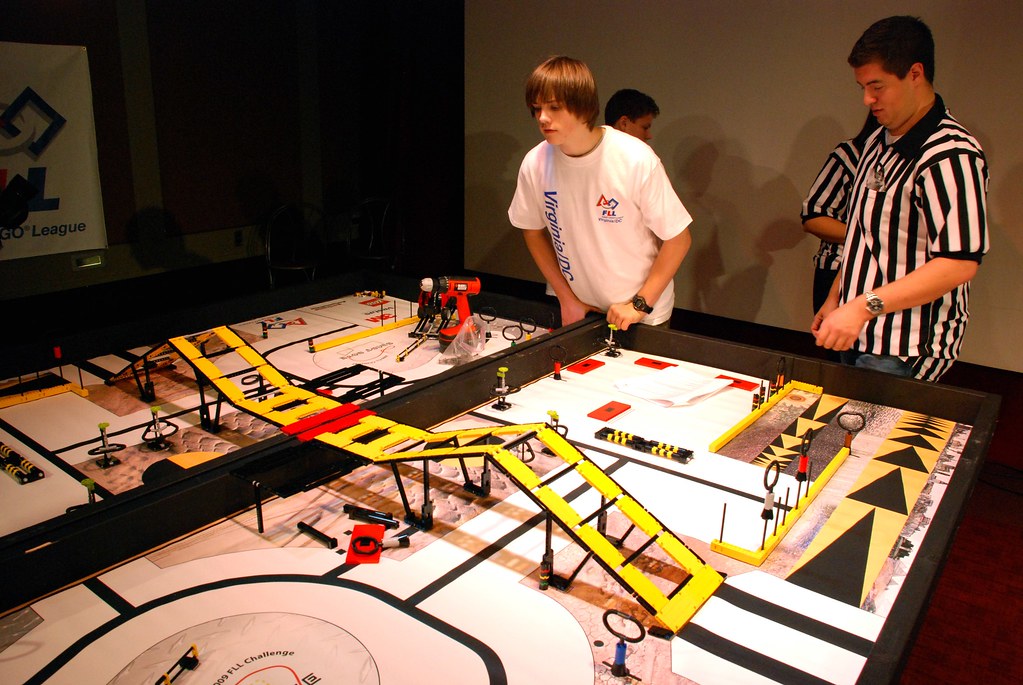Thanks to Scott Floyd for posting this committee info (via ATPE). Below are the Texas Legislative Committee assignments (related to education).
Senate
The Senate committee assignments for the 82nd Legislature were officially released Jan. 28. Here are the assignments for the public education-related committees:
Senate Education Committee
Florence Shapiro (R–Plano), chairwoman
Dan Patrick (R–Houston), vice chairman
John Carona (R–Dallas)
Wendy Davis (D–Fort Worth)
Mario Gallegos (D–Houston)
Steve Ogden (R–Bryan)
Kel Seliger (R–Amarillo)
Leticia Van de Putte (D–San Antonio)
Royce West (D–Dallas)
Senate Finance Committee (budget)
Steve Ogden (R–Bryan), chairman
Juan Hinojosa (D–Mission), vice chairman
Bob Deuell (R–Greenville)
Robert Duncan (R–Lubbock)
Kevin Eltife (R–Tyler)
Craig Estes (R–Wichita Falls)
Eddie Lucio (D–Brownsville)
Jane Nelson (R–Lewisville)
Dan Patrick (R–Houston)
Kel Seliger (R–Amarillo)
Florence Shapiro (R–Plano)
Royce West (D–Dallas)
John Whitmire (D–Houston)
Tommy Williams (R–The Woodlands)
Judith Zaffirini (D–Laredo)
State Affairs Committee (Teacher Retirement System (TRS))
Robert Duncan (R–Lubbock), chairman
Bob Deuell (R–Greenville), vice chairman
Rodney Ellis (D–Houston)
Troy Fraser (R–Horseshoe Bay)
Joan Huffman (R–Houston)
Mike Jackson (R–La Porte)
Eddie Lucio (D–Brownsville)
Leticia Van de Putte (D–San Antonio)
Tommy Williams (R–The Woodlands)
For full committee assignments, visit www.senate.state.tx.us/assets/pdf/TXSenCmtes82R.pdf.
House of Representatives
House Speaker Joe Straus (R–San Antonio) released his committee assignments for the 82nd Legislature Feb. 9. Below are the line-ups for the public education-related committees:
House Public Education Committee
Rob Eissler (R–The Woodlands), chairman
Scott Hochberg (D–Houston), vice chairman
Alma Allen (D–Houston)
Harold Dutton (D–Houston)
Ryan Guillen (D–Rio Grande City)
Todd Smith (R–Bedford)
Jimmy Don Aycock (R–Killeen)
Dan Huberty (R–Kingwood)
Mark Shelton (R–Fort Worth)
Mark Strama (D– Austin)
Randy Weber (R–Pearland)
House Appropriations Committee (budget)
Jim Pitts (R–Waxahachie), chairman
Sylvester Turner (D–Houston), vice chairman
Warren Chisum (R–Pampa)
Myra Crownover (R–Lake Dallas)
Dawnna Dukes (D–Austin)
Craig Eiland (D–Texas City)
Helen Gidding (D–De Soto)
Scott Hochberg (D–Houston)
Ruth Jones McLendon (D–San Antonio)
Geanie Morrison (R–Victoria)
John Otto (R–Dayton)
Debbie Riddle (R–Houston)
Mike Villarreal (D–San Antonio)
Jimmy Don Aycock (R–Killeen)
Angie Button (R–Garland)
Drew Darby (R–San Angelo)
Lance Gooden (R–Terrell)
Eric Johnson (D–Dallas)
Susan King (R–Abilene)
Dee Margo (R–El Paso)
Armando Martinez (D–Weslaco)
Doug Miller (R–New Braunfels)
Diane Patrick (R–Arlington)
Charles Schwertner (R–Georgetown)
Mark Shelton (R–Fort Worth)
Raul Torres (R– Corpus Christi)
John Zerwas (R–Katy)
Pensions and Investments (TRS)
Vicki Truitt (R–Southlake) – chairwoman
Rafael Anchia (D–Dallas) – vice chairman
Charles “Doc”Anderson (R–Waco)
Marc Veasey (D–Fort Worth)
Brandon Creighton (R–Conroe)
Ana Hernandez (D–Houston)
Ken Legler (R–Pasadena)
Barbara Nash (R–Arlington)
Rob Orr (R–Burleson)
The full House committee assignments can be found at www.house.state.tx.us/_media/pdf/member.pdf.





